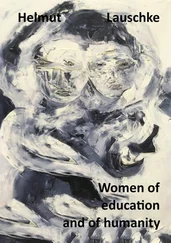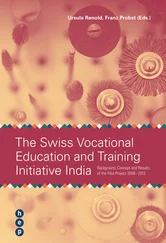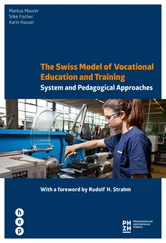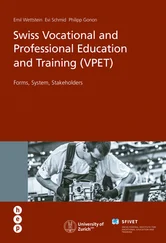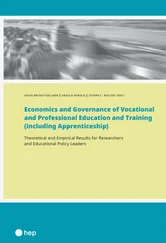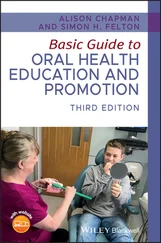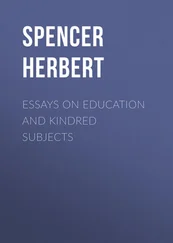The second meeting of the EnsaÉco network, which took place in 2018 in Nancy 3, made it possible to debate a series of measures, called “tilting measures”, for the teaching and research of ecological transition in architecture and landscape schools.
In 2019, the EnsaÉco network desired to continue this reflection and open up a key question for architecture and landscape schools: that of scientific research, beyond the scope of teaching. It is in this spirit that the third meetings of the network took place in Montpellier, with a strong involvement from the Laboratoire Innovation Formes Architectures Milieux (LIFAM, Laboratory of Innovative Forms in Architectural Environments), the historical laboratory from ENSA Montpellier.
The major contributions of these meetings were dedicated to the articulation between teaching, research and professional practice on ecological transition. The particular interest in research on the theme of ecological transition follows various initiatives from the Ministry of Culture to support research related to this topic, starting with the research program “ IgnisMutatRes : thinking architecture, the city and landscapes through the prism of energy” (2011–2015) 4, followed by the program “20th century architecture, project material for the sustainable city of the 21st century” (2016–2020) 5. At the same time, a significant amount of specific funding was allocated to research projects on ecological transition, either through the Ministry of Culture, PUCA ( Plan Urbanisme Construction Architecture ), ADEME ( Agence de Maitrise de l’Energie , now called Agence de la Transition Ecologique ), ANR ( Agence Nationale de la Recherche ) or CDC ( Caisse des Dépôts et Consignation ). All of these actions enabled a proliferation of research subjects feeding the reflection about the post-carbon city, something that the third meetings of the EnsaÉco network particularly wished to promote. This also made it possible to fuel teachings in architecture and landscape schools, while forging links between the academic and professional world.
As a result of these meetings, the EnsaÉco network wished to publish its first scientific work. The challenge of the publication was to promote diverse research projects, enhance knowledge-crossing across researchers, contribute to the development of innovative research and re-establish links between researchers, practitioners and citizens.
Using architectural, urban and landscape research material, EnsaÉco’s scientific committee identified several challenges of ecological transition in response to climate change. This question has been tackled following three general axes, voluntarily open to all disciplines, covering a variety of issues:
– The urban dimension: this axis focuses on bioclimatic management in an urban context: the dense city, the urban heat island (UHI), the plants in the city, transportation policies, or rehabilitation standards.
– The territorial dimension: this axis proposes to shift the focus from the specifically urban question to examine the relationships between the city and the problem of peri-urbanization, particularly exploring the way in which vernacular cultures in rural areas have an heuristic power for the development of architectural models likely to better respond to the challenges of ecological transition. The agricultural question is also key to this axis, as well as the relationship between the territory and the sea.
– The social dimension: embodying the third pillar of sustainable development, the social dimension is at the heart of paradoxes, contradictions and (geo)political and socio-economic conflicts, which must necessarily be called into question.
The texts collected following our call for contributions deliver initial intentions and insights to clarify the challenges of ecological transition in teaching, research and operational practices. The diversity of the contributions received testifies to an array of interdisciplinary approaches, putting the question of ecological transition at the center of the discussion within a global framework: climate change. The three general axes (urban, territorial and social dimensions) are approached in a transversal manner in the various articles reunited in this corpus.
This book is structured into three main sections, hosting a variety of themes which illustrate the issues raised by the three general axes previously mentioned.
The first section presents the educational processes at the service of ecological transition, by paying particular attention to good practices in terms of the teaching and research of the ecological challenges to be taken up by architects, town planners and landscapers. It is mainly based on teaching experiences across the ENSA ( École Nationale Supérieure d’Architecture ) institutions in France.
The first chapter begins with the conference of one of the pioneers of what is called bioclimatism. André De Herde delivered the general introduction to the three days of EnsaÉco meetings. The author structures his remarks into three main blocks. The first one presents the “bioclimatic”, “sustainable” and “smart” concepts proposed by architecture schools to remedy the energy crisis of the 1970s. The second one recalls the reasons for the creation of the “Architecture and Climate” research team in 1980. He concludes his contribution with a state-of-the-art of the teachings of architectural engineers at the University of Louvain-La-Neuve.
De Herde’s conference is followed by the testimonies of three teacher-researchers, Anne Coste, Frédéric Dellinger and Théodore Guuinic, who illustrate the engagement of the field of history as an independent discipline and as a privileged dimension of other educational fields for acknowledging the constraints related to climate change. The authors of this work discuss the way in which climate change considerations have shaped the teaching of the history of architecture, town planning and landscape. They also show how the historical dimension makes it possible to put the climatic questions addressed by other disciplines taught at the ENSA(P) into perspective.
This chapter is followed by the contributions of Alain Guez and Antoine Steck from ENSA Nancy, who use intensive teaching to make students aware about the challenges of ecological transition in the Anthropocene era, and invite them to apprehend possible levers of action by working from concrete situations at different territorial and temporal scales.
Also in the context of the feedback from educational processes at the service of ecological transition, the contributions by Emmanuel Doutriaux and Edith Akiki are based on an experience at the interface between teaching and research. The authors work on the environmental question by bringing together their respective expertise, with a special focus on climate change.
The first section of the book closes with the work of Christophe Laurens, Valentin Sanitas, Clément Gaillard, Tibo Labat and Jérémie Buttin, who aim to present the experience of a group of students carried out at the ZAD NDDL (Zone to Defend, Notre-Dame-des-Landes), a territory which articulates many concrete dimensions. The authors suggest a few avenues in order to understand how to represent the contemporary political and ecological issues specific to this struggling territory, by means of representation and architectural design.
The second section of the book discusses ecological transition challenges that research needs to address.
Based on a case study located in a tropical climate (Reunion Island), as part of her final thesis edited by Hassan Ait Haddou, Magalie Técher explores the notion of comfort at elementary schools in humid tropical climates. The authors address questions which are at the core of architectural thought, in a context of ecological and economic crises, with the aim of providing a healthy and sustainable environment for children. They seek to provide food for thought and avenues for improvement in the design of school buildings. The analysis of data resulting from a campaign of indoor atmosphere measurements and a perception survey made it possible to determine optimal comfort zones for students at the different climatic zones of Reunion Island.
Читать дальше



